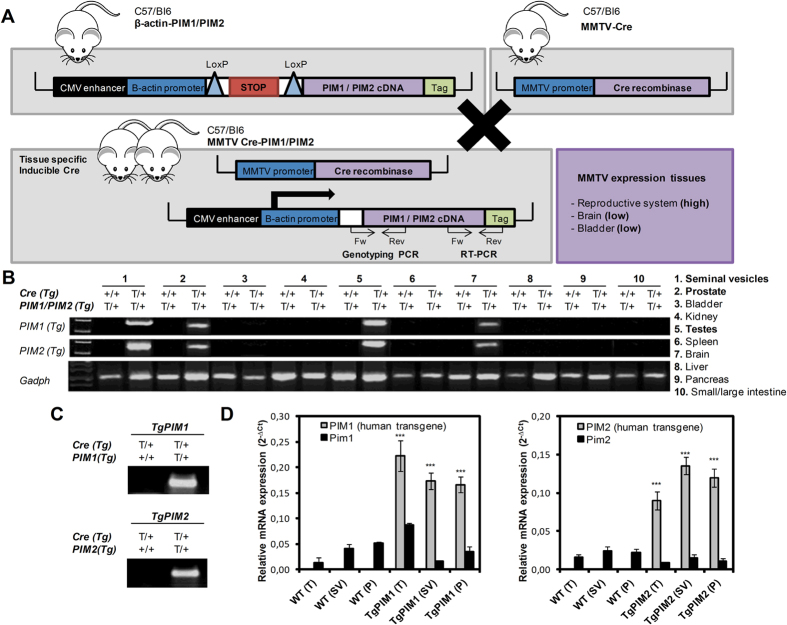Figure 1. The generation and validation of the conditional transgenic MMTV-Cre/PIM1 and MMTV-Cre/PIM2 murine models.
(A) The cDNA sequences of human PIM1 and PIM2 were amplified by PCR using specifically designed primers of cDNA from human IMR90 cells as a template. Human PIM1 and PIM2 genes were then cloned into the pVL-1 vector, which was a gift from A. Nebreda. The animals carrying the respective transgenes for PIM1 or PIM2 were crossed with mice expressing Cre-recombinase under the regulation of the MMTV promoter, which resulted in two mouse lines that expressed either PIM1 or PIM2 human transgenes exclusively in hormone-dependent tissues. (B) Reverse transcription PCR was performed to validate the tissue-specific, relative expression levels of either PIM1 or PIM2 in the transgenic models to confirm transgene expression in tissue from the seminal vesicle, prostate, testicle, and brain. (C) DNA obtained from the digested tails of the mice was used to genotype the TgPIM1 or TgPIM2 models by PCR. (D) The levels of the human PIM1 and PIM2 transgenes and mouse endogenous Pim1 and Pim2 mRNAs were measured by qRT-PCR in seminal vesicle (SV), prostate (P) and testicle (T) from both TgPIM1 and TgPIM2 and was compared to WT mice. The p-value was obtained using a one-tailed student’s t-test. (*p < 0.05), (**p < 0.01), and (***p < 0.001).

